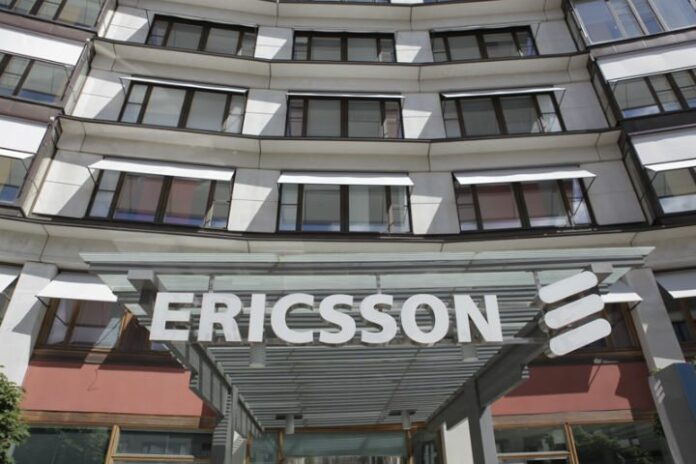Telecom infrastructure giant Ericsson announced plans to cut $1.2 billion in costs by 2017 in a move that is also expected to include an unspecified number of job cuts.
Speaking at the company’s Capital Markets Day in Stockholm, Ericsson President and CEO Hans Vestberg explained that the company is taking the “next step in our transformation to become a leading ICT player.” That move will see the company focus more of its efforts on software-led initiatives as well as areas that are less capital-intensive.
Vestberg spoke last week at Ericsson’s Business Innovation Forum on the company’s vision for its ICT transformation.
“The targeted areas have been selected based on clear adjacency to the core business, high degree of software and professional services, high degree of recurrent business as well as higher market growth than the core business areas,” the company stated. “In addition, the targeted areas are less capital-intensive than today’s core business.”
As part of the process, Ericsson said it has found areas in its business where it can “increase efficiencies and reduce cost across the business” that has led it to move on accelerating cost reductions of up to $1.2 billion over the next three years. Those savings are expected to be split between operating expenses and cost of sales.
Ericsson said the unspecified job cuts would come as the company looks to streamline its portfolio and research and development efforts; “structural enhancements” in its information services and information technology operations; further acceleration of its service delivery transformation; and greater efficiencies in its supply chain.
“The key components of our profit improvement plan is to strengthen core business (and) build strength in targeted areas while at the same time continue to improve our cash flow,” added Jan Frykhammar, Ericsson’s CFO. “Although we believe opex will peak in 2014, we believe we can do more to increase efficiency and reduce cost.”
Ericsson currently employs more than 115,000 people.
Earlier this year, Ericsson announced restructuring plans that will see one group concentrate on radio technologies while the other will focus on IP and cloud initiatives. Johan Wibergh, head of Ericsson’s networks business unit and tasked with overseeing both of the new divisions, told RCR Wireless News at the time that continued focus on the company’s radio access networks business remains the company’s top priority.
“Radio is the foundation of Ericsson’s technology leadership and we are the undisputed market leader, same size as No. 2 and No. 3 together,” said Vestberg in a statement. “We are committed to maintain our leadership as the market evolves with 5G. In the cloud and IP spaces, which are vital for the evolution to 5G, we have made significant progress but are still a challenger.”
In a blog post, Maravedis-Rethink research director Caroline Gabriel noted that recent advancements in network virtualization has wireless carriers looking at ways to cut hardware spending and is forcing equipment vendors to become more proactive in tackling the software space.
“Virtualization and software-defined networking have been a significant shock to the system for major wireless infrastructure vendors,” Gabriel wrote. “They give carriers the opportunity to slash hardware spending by relying on off-the-shelf servers to run network functions, instead of highly priced, dedicated and proprietary boxes. However, the genie is out of the bottle, and the big (original equipment manufacturers) are forced to make a virtue of necessity.”
Gabriel noted that Ericsson is most at risk from the shift to software and has made moves to ensure it does not miss the boat on software.
“Ericsson, the most threatened by the shift of spending from hardware to software, has also been the most proactive,” Gabriel explained. “It may still have its head in the sand about small cells, but it has placed itself in the vanguard of SDN, determined to shape that trend, not be consumed by it.”
Gabriel cited Ericsson’s position in software and virtualization software groups like OpenDaylight and those focused on network functions virtualization, a move backed by a Maravedis-Rethink survey that found almost three quarters of mobile carriers “would deploy NFV in some areas of their commercial systems by the end of 2018, targeting total cost of ownership reductions of up to 35% over five years.”
Bored? Why not follow me on Twitter


